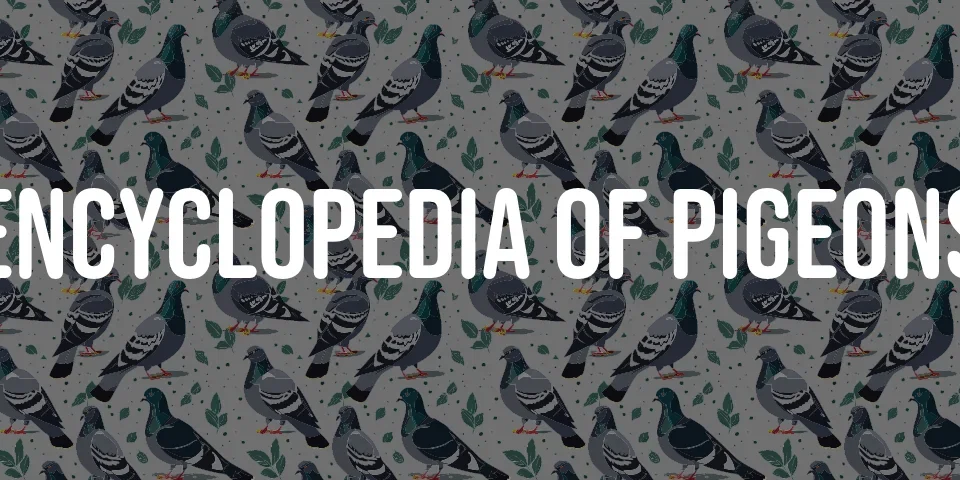The Ptarmigan, often mistaken for a pigeon due to its plump bird appearance, is actually a member of the grouse family. This bird is known for its remarkable adaptations to cold environments and its ability to change plumage color with the seasons, providing effective camouflage against predators. The Ptarmigan is not a single species but encompasses several species, including the Rock Ptarmigan (Lagopus muta), the Willow Ptarmigan (Lagopus lagopus), and the White-tailed Ptarmigan (Lagopus leucura). These birds are found in cold regions across the Northern Hemisphere, including the Arctic tundra and alpine areas.
Physical Characteristics
Size and Weight
| Feature | Measurement |
|---|---|
| Length | 34–36 cm (13–14 inches) |
| Wingspan | 54–60 cm (21–24 inches) |
| Weight | 350–800 grams (0.77–1.76 pounds) |
Plumage and Coloration
Ptarmigans exhibit a unique seasonal change in plumage. During winter, their feathers are predominantly white, blending seamlessly with the snowy landscape. In contrast, summer brings a transformation to brown or gray plumage with patterns that mimic the tundra’s rocks and vegetation. This camouflage is crucial for survival, as it helps them evade predators.
Distinctive Features
Ptarmigans have several distinctive features that set them apart from other birds:
- Feathered Feet: Their feet are covered in feathers, which act like snowshoes, allowing them to walk on soft snow without sinking.
- Red Combs: Above their eyes, ptarmigans have red combs, which are particularly prominent in males during the breeding season.
- Tail Feathers: The tail feathers of the White-tailed Ptarmigan remain white year-round, while those of the Willow and Rock Ptarmigans are black.
Habitat and Distribution
Ptarmigans are adapted to live in some of the most challenging environments on Earth. They inhabit the Arctic tundra and alpine regions where temperatures can plummet and food can be scarce. These birds are found across North America, Europe, and Asia, with each species having its own specific range.
Behavior and Diet
Foraging
Ptarmigans are primarily herbivores, feeding on a variety of tundra vegetation, including leaves, buds, and berries. In the winter, they may dig through the snow to find willow and birch twigs. During the breeding season, insects become an important part of their diet, especially for growing chicks.
Social Structure
Outside of the breeding season, ptarmigans often form flocks for better protection against predators. These flocks can be quite large during migration periods. However, during the breeding season, males become territorial and perform elaborate displays to attract females.
Reproduction and Lifecycle
Ptarmigans are ground-nesting birds. The female lays a clutch of eggs, usually in a shallow depression lined with vegetation and feathers. After hatching, the downy chicks are precocial, meaning they are relatively mature and mobile from the moment of birth. They leave the nest within a day to follow their mother, who shows them how to find food.
Conservation Status
While ptarmigans are not currently listed as endangered, they face threats from habitat destruction and climate change. Their specialized habitats are sensitive to temperature changes, and global warming could lead to habitat loss and altered food availability.
Interesting Facts
- Moulting: Ptarmigans are one of the few birds that moult their plumage three times a year, adapting their coloration to the changing seasons for better camouflage.
- Survival Adaptations: To conserve heat in the frigid Arctic environment, ptarmigans can lower the temperature of their extremities to just above freezing while keeping their core body temperature warm.
- Cyclical Populations: Ptarmigan populations undergo cyclical fluctuations, with numbers peaking every few years before declining again. This cycle is not fully understood but is thought to be related to food availability and predation rates.






